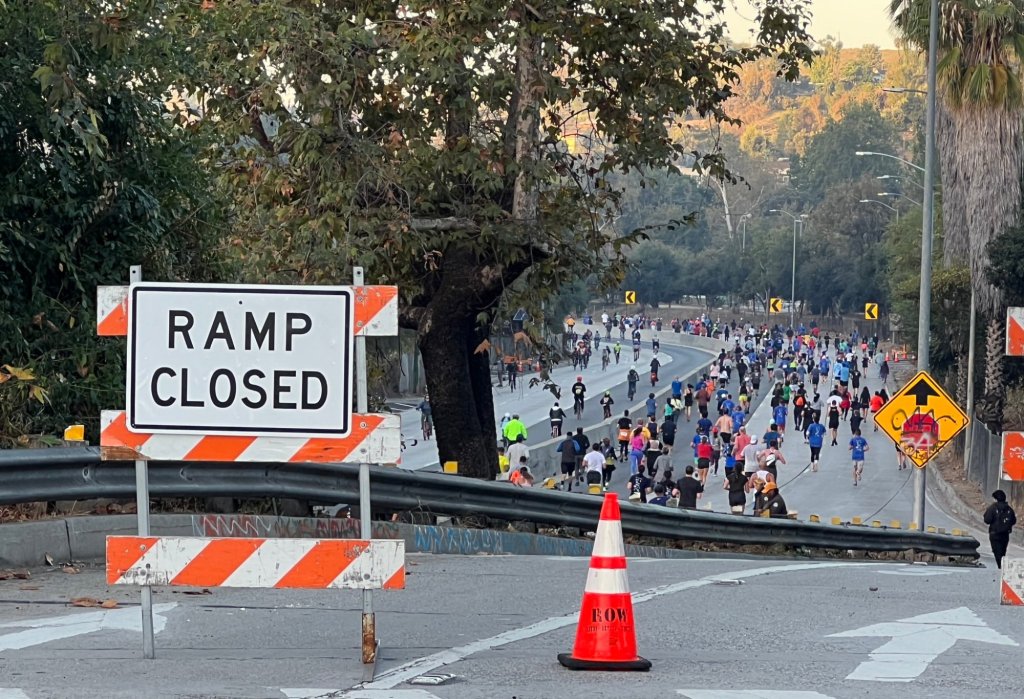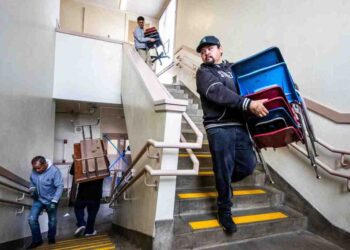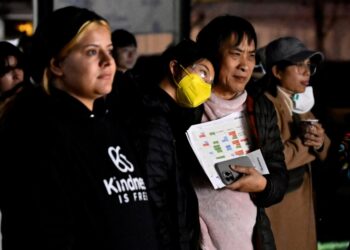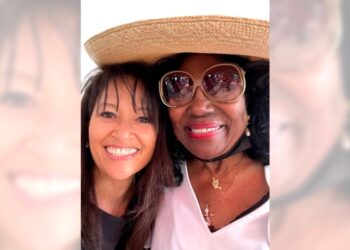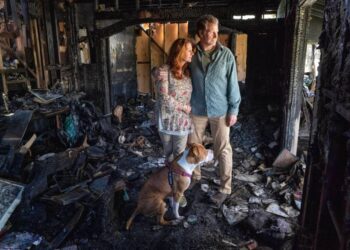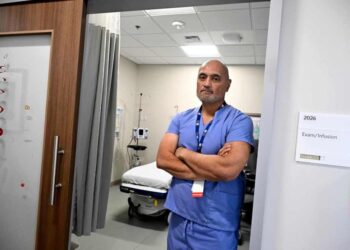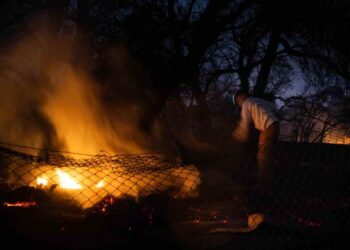ArroyoFest has begun — opening up the 110 Freeway from Pasadena to Los Angeles — not for car traffic, but for all things foot traffic.
Hundreds were out early for the event on Sunday, Oct. 29, strolling, riding bicycles, traversing and using other kinds of non-motorized crafts on the Arroyo Seco Parkway from South Pasadena to Lincoln Heights, simply because they could experience one of Los Angeles’ freeways without cars.
In 2003, two professors from Occidental College and folks from environmental and cycling groups organized the closure of a section of the 110 Freeway — also known as the Pasadena Freeway — for several hours on Father’s Day so people could walk, push strollers with babies, and ride bikes, skateboards and scooters on the emptied freeway.
On June 15, 2003, the first ArroyoFest attracted 8,000 participants of all ages who biked, walked and even somersaulted across six freeway lanes between South Pasadena and Northeast Los Angeles on a mid-June morning. On a brisk Sunday morning 20 years after the first historic closure of a freeway in Los Angeles for use by people on two feet or two wheels, it happened again.
ActiveSGV and LA Metro sponsored what some called a CicLAvia on the freeway. The 2003 ArroyoFest sparked the idea of letting people walk or ride bikes on streets emptied of all cars seven years before the first CicLAvia was held on Oct. 10, 2010.
Six lanes and six miles of the curvy Arroyo Seco Parkway are closed to cars from 7 a.m. to 11 a.m Sunday. The freeway-turned-open-streets event stretches from Glenarm Street in Pasadena to Avenue 26/Figueroa Boulevard in Lincoln Heights, a community in northeast Los Angeles.
Metro awarded ActiveSGV $496,000 to plan and pull off the second ArroyoFest, hoping that many will notice the A Line (formerly Gold Line) along the 110 Freeway and even use it to get back from the hubs in the afternoon, after the freeway reopens to car traffic.
Read the full article here

